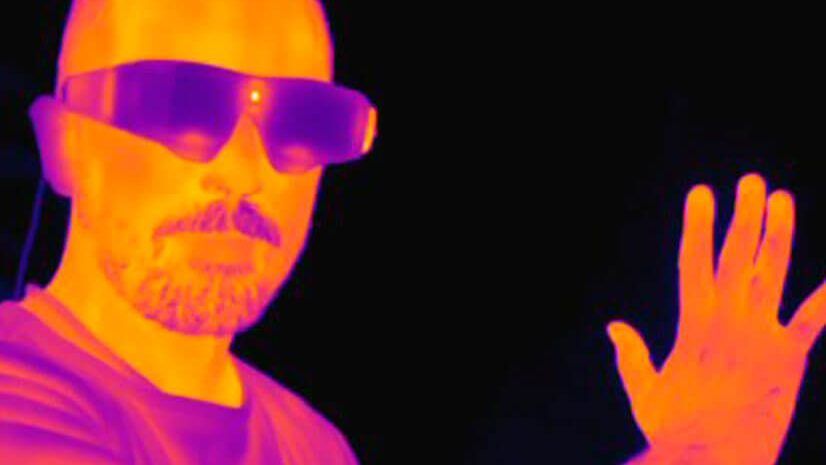MAGICS provides several alternatives for measuring human behavior and experiences, from classical highly controlled experimental laboratory to more ecologically valid conditions.

In Aalto Behavioral Laboratory (ABL), part of the Aalto Neuroimaging Infrastructure (ANI), you can do measurements among other things with EEG, EMG, ECG, GSR, Accelerometers, Thermal camera and Eye Trackers. There are different measurement spaces for different usage, like electrically shielded room for EEG studies, Virtual Reality room for VR and XR studies and larger room for multi-person measurements. There are also stimulus systems for each space, which can produce, e.g., visual, audio and thermal stimuli. Several devices are loanable, including mobile EEG, head mounted eye trackers, thermal camera, remote EMG/ECG sensors and VR headset. To use these equipment, please refer to operation instructions, and fill in the required research permission document. Contact person is Veli-Matti Saarinen.
In University of Jyväskylä (JYU), the Faculty of Education and Psychology has extensive infrastructure for measuring human behavior and neural signals. These include magnetoencephalography (MEG) laboratory, and three EEG laboratories, portable EEG devices, portable and fixed eye-trackers, and VR headsets (cibr.jyu.fi). In addition, there are portable sensors for measuring ECG and EMG, and several small audio and video recorders for interview and interaction research. To have access and learn more of the measurement possibilities, contact Jarmo Hämäläinen on collaboration possibilities and overall infrastructure, or Tiina Kullberg on questions regarding specific equipment.
In Human-Centered Research Hub, Tampere University has an extensive infrastructure for measuring human behavior, neural signals, and different human sensory modalities, including touch and olfaction. Laboratory equipment allows measurement of EEG, EMG, ECG, GSR, fMRI, different types of Accelerometers, Thermal cameras and Eye Trackers. There is a wide selection of equipment for generating different types of sensory stimulations, including visual, auditive, haptic and olfaction stimuli. Different types of XR headsets and glasses are available. Training to use devices is mandatory. Contact person is Poika Isokoski.
In Turku University of Applied Sciences, the Futuristic Interactive Technologies (FIT) research group has a laboratory and a showroom space for measuring human behavior and experiences. For experiments FIT provides different ways for generating different types of sensory stimulations, including visual, auditive and haptic stimuli. Our own metaverse environment allows us to conduct multiuser experiments. Different types of XR headsets and glasses are available. To have access to spaces and learn more about the available devices, contact Jami Aho.
